
DeFi, or decentralized finance, is an essential part of an open financial system. DeFi tools are censorship-resistant, unbiased, and available to anyone with a smartphone. That’s why for this winter’s hackathon, we focused on bringing DeFi to the world.
Hackathons are a critical part of Coinbase’s culture. They’re a great opportunity for anyone to pursue their innovative ideas, and they allow us to disrupt ourselves before somebody else does. As Coinbase CEO and Co-founder Brian Armstrong says, “good ideas can come from anywhere.”
Why DeFi?
This winter’s hackathon was about making DeFi accessible, easy to use, and trusted, both for people curious about it today, and people who don’t know they’re curious yet. Jacob Horne, product manager at Coinbase, held a lunch and learn about DeFi where he described the space this way:
“DeFi is an opportunity to build financial infrastructure that spans the world, is open to everybody, and starts to change how we interact with markets.”
For the Coinbase winter 2019 hackathon, over 250 Coinbase employees submitted 51 ideas—ultimately demoing 31 projects—all focused around how to bring DeFi to the world.
Here is a selection of 10 notable projects, starting with the internal winners:
WINNER, Proof of People Award: Physical Bitcoin Alert
The “Proof of People” award, aka people’s choice, went to Physical Bitcoin Alert is an LED mural that animates according to Bitcoin volatility. By using a Raspberry Pi reading the Coinbase API, the LED mural responds to Bitcoin according to price milestones and volatility.
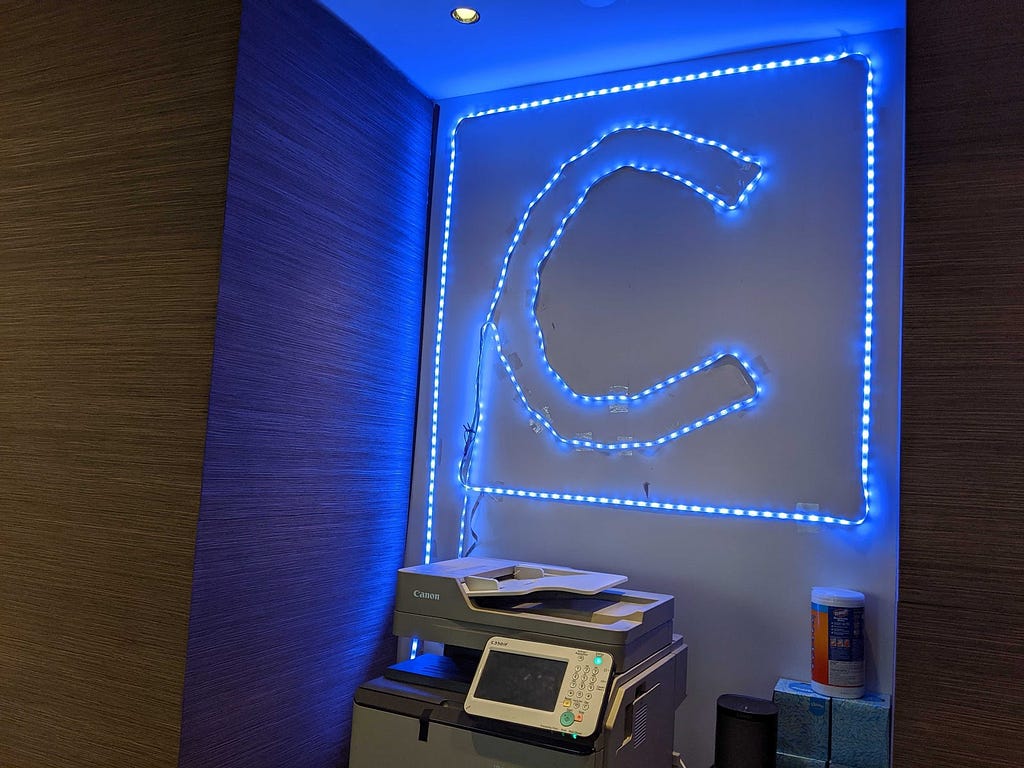
atomic 11: a keyless cryptography toolkit
Key management systems in use today generate keys in the central service and then use a key-wrapping mechanism to transfer the key to the intended recipient. While this works, if the centralized service is compromised, the client keys may be as well.
- By using oblivious pseudo-random functions (OPRFs), you can create a KMS that if compromised, does not compromise the client keys.
- This project intends to build a proof-of-concept implementation of an Oblivious Key Management System (OKMS) based on https://eprint.iacr.org/2019/1275 (or perhaps https://eprint.iacr.org/2018/733) and provide some wrapper APIs around it that enable you to perform secure-by-default operations of encrypt, sign, and hmac.
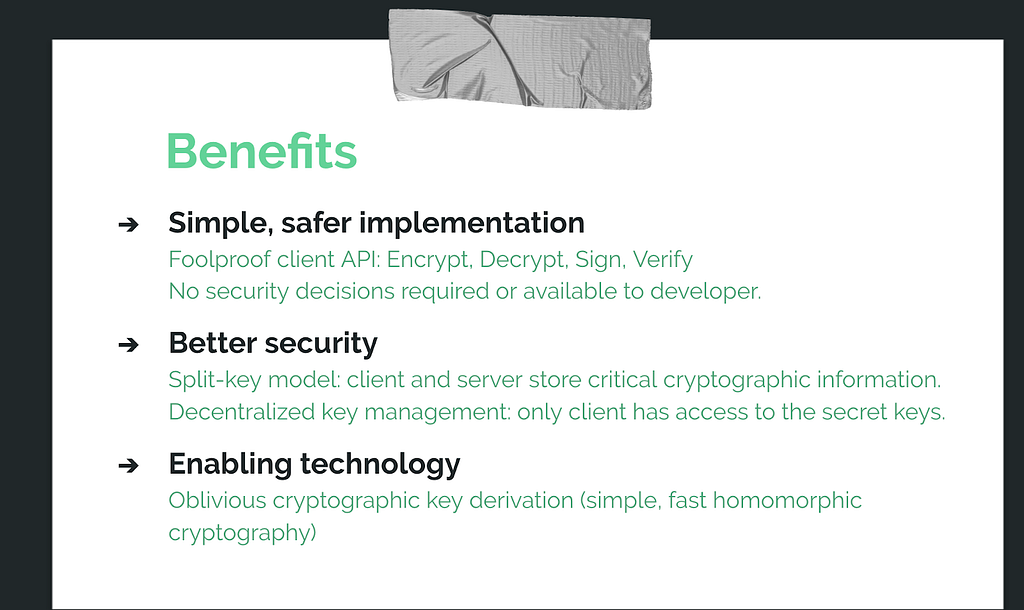
Coinbase Chrome Extension
Coinbase engineer Julia Chou proposed a micropayments Chrome extension. By securely signing into your Coinbase account via Chrome extension, sending payments as you browse the web will be much easier.
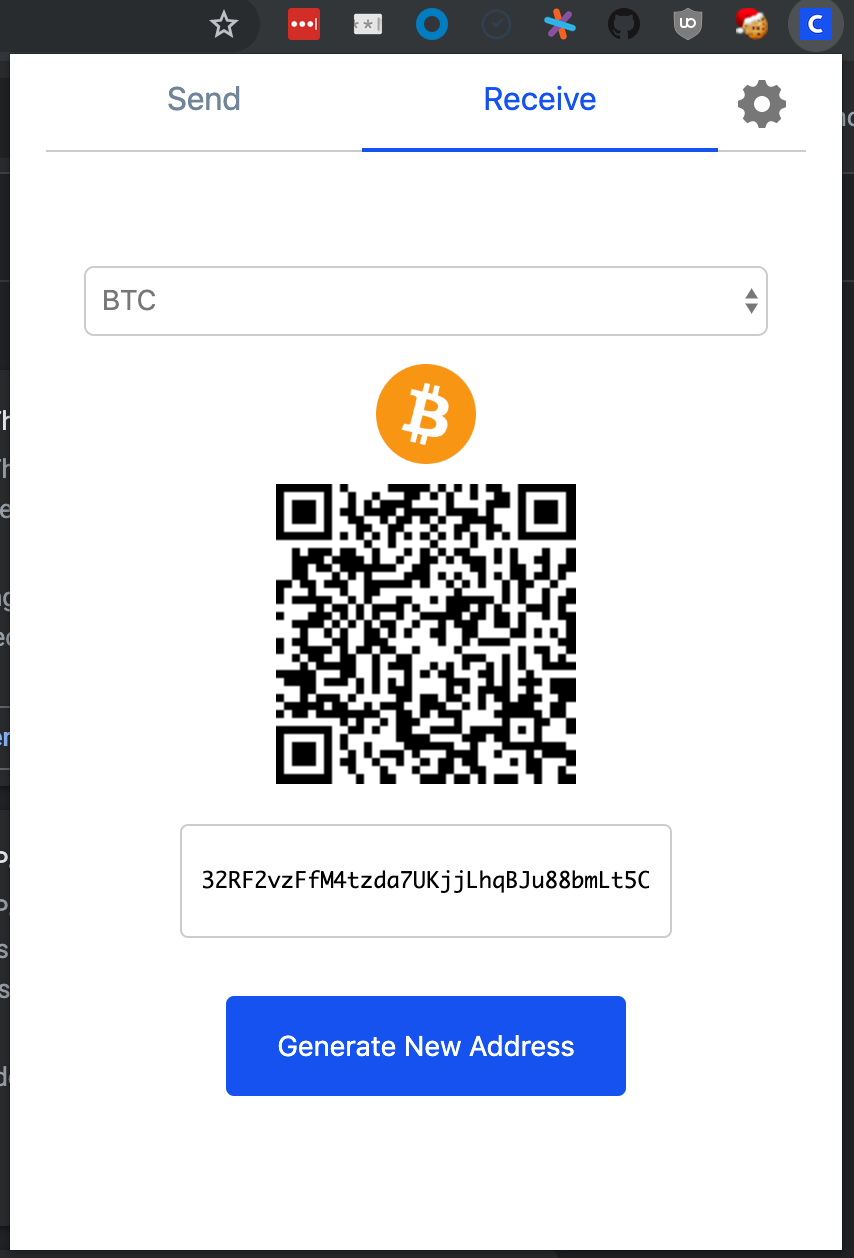
Winner, Bounty Hunter Award: Coinbase Oracle/Open Price Feed
Many DeFi apps use price feeds that are available on-chain. This project aims to provide signed price data feeds from Coinbase for specific trading pairs. By signing the price data with an Ethereum private key controlled by Coinbase, DeFi app developers can trust this price feed to provide the most accurate source of on-chain price data. This Oracle project is based on Compound Finance’s Open Oracle implementation. Coinbase Oracle/Open Price Feed was awarded the Bounty Hunter Award, for the best hackathon project from a list of initial bounties.
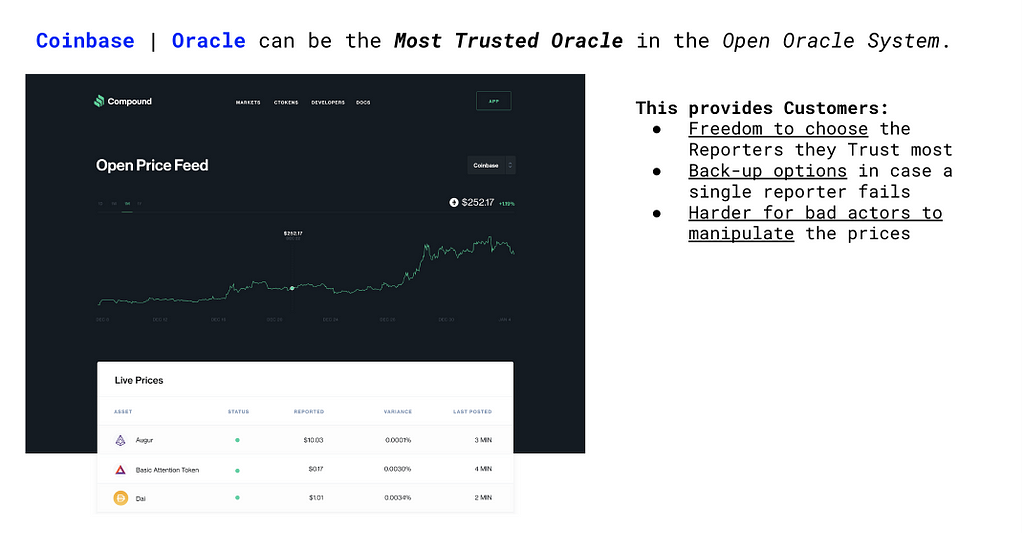
USDC Treasury DAO
In September, Coinbase initiated the USDC Bootstrap Fund, which is used to support developers building DeFi protocols by directly investing USDC into protocols such as Compound and dYdX. This project aims to make the USDC Bootstrap Fund a decentralized autonomous organization, also known as a DAO. This DAO will allow for applying for funding, accepting new members, and voting on these proposals.
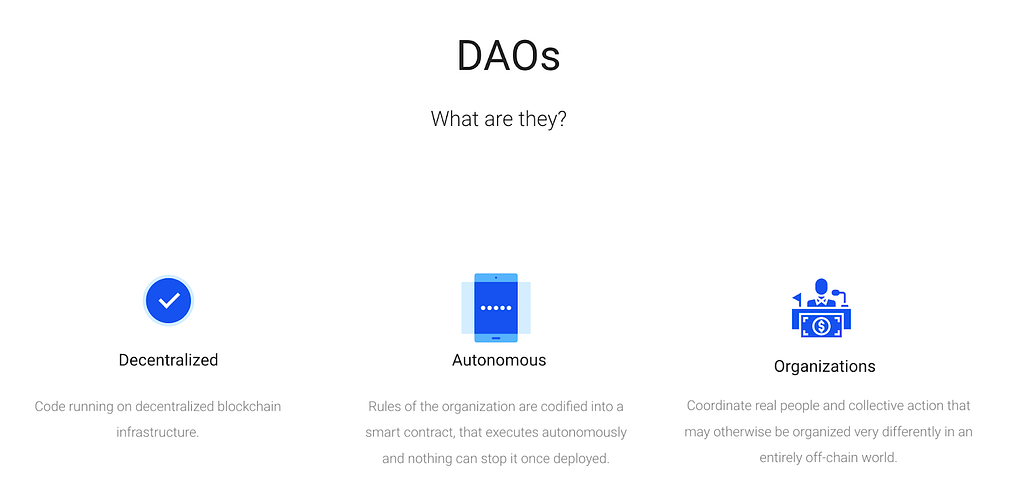
Succession Wallet
Unlike traditional financial assets, there is not a native way to transfer your Bitcoin to your next of kin after your death… Until now. This CLI Bitcoin wallet written in Ruby uses timelocked UTXOs to act as a dead man’s switch. After configuring a time period (nSequence), the owner needs to periodically use the wallet to withdraw funds. If the owner does not use the wallet within the configured time period, the funds become spendable by the successor. For example, a person can spend their coins at any time; but their next of kin can only spend if the UTXO is over 6 months old. In other words, the Succession Wallet is a dead-man’s-switch Bitcoin wallet scheme with hardcoded succession order of funds.
Winner, Honorable Mention: Time Tokenz
An Ethereum token backed by a human individual. Inspired by dApp_boi, imagine a marketplace for individual services. For example, by creating custom ERC20 token users can rent out hourly work. New individuals can create personal tokens and list their services in a Services Marketplace, where you can also see reviews and token price history.

MakerDao Slack Bot
This project built a Slackbot that can pull stats for your Multicollateral Dai (Makerdao) address. Without leaving Slack, you can easily query your MCD position, and retrieve critical statistics.
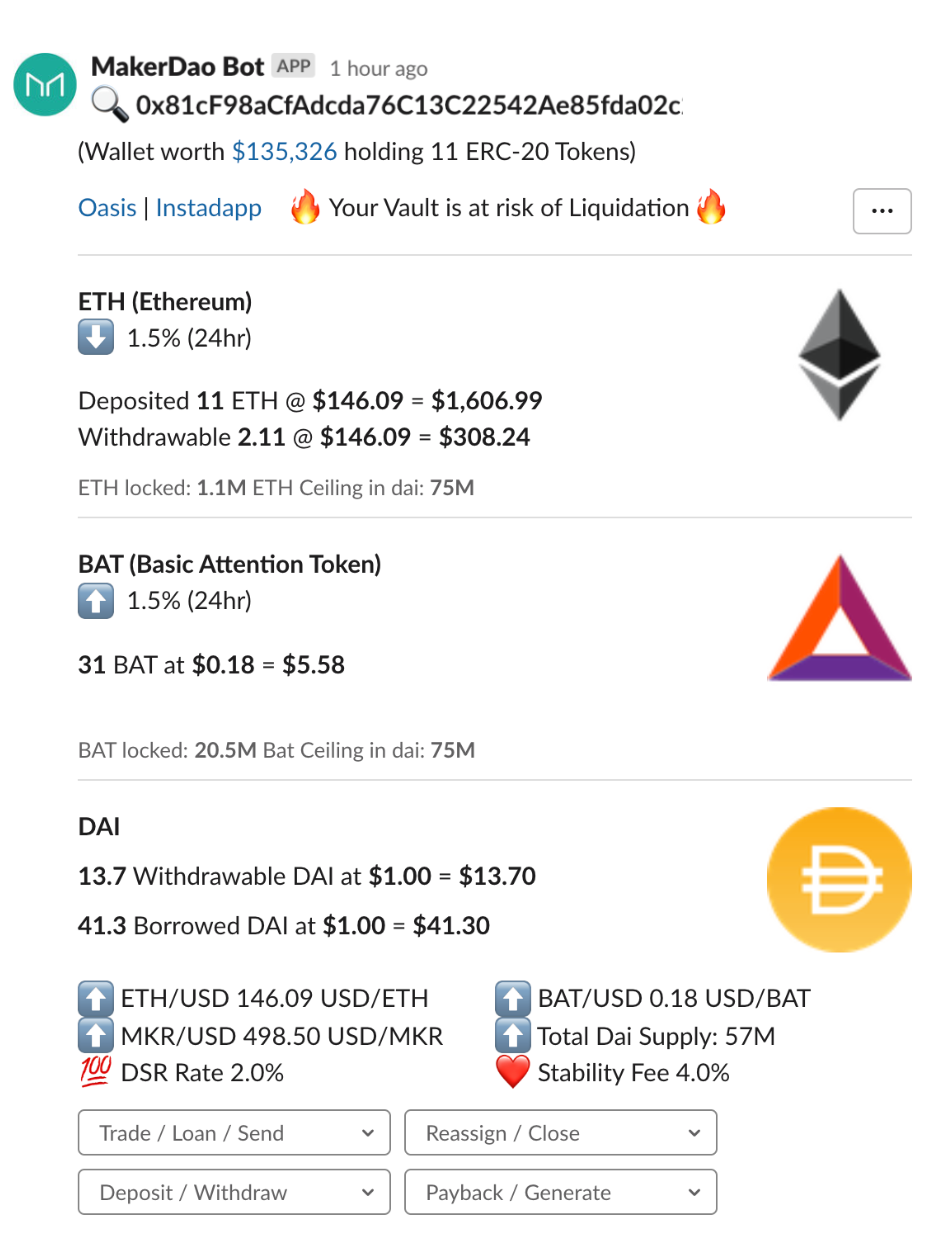
Silent Witness
If it’s not on the blockchain, it may as well have never happened. Silent Witness is a mobile app to take a photo, hash it, upload the hash via an Eth transaction. Later, you can prove it was your data, as the data is now etched in the Ethereum blockchain. It lets a user prove dates for prior art (useful in patent/IP disclosures, providing evidence in legal proceedings) without revealing the art itself. The app should be able to receive documents as well and check whether their hashes are included in the contract.
Last but not least, the winner of our “Legend” award for best overall project:
Winner, Legend Award: WalletLink SDK
Today, DeFi has a major barrier in that Dapp browsers are typically unfriendly to users. Currently, dapps are only able to create web apps that run in specialized browsers on mobile to in order to access a user’s wallet.
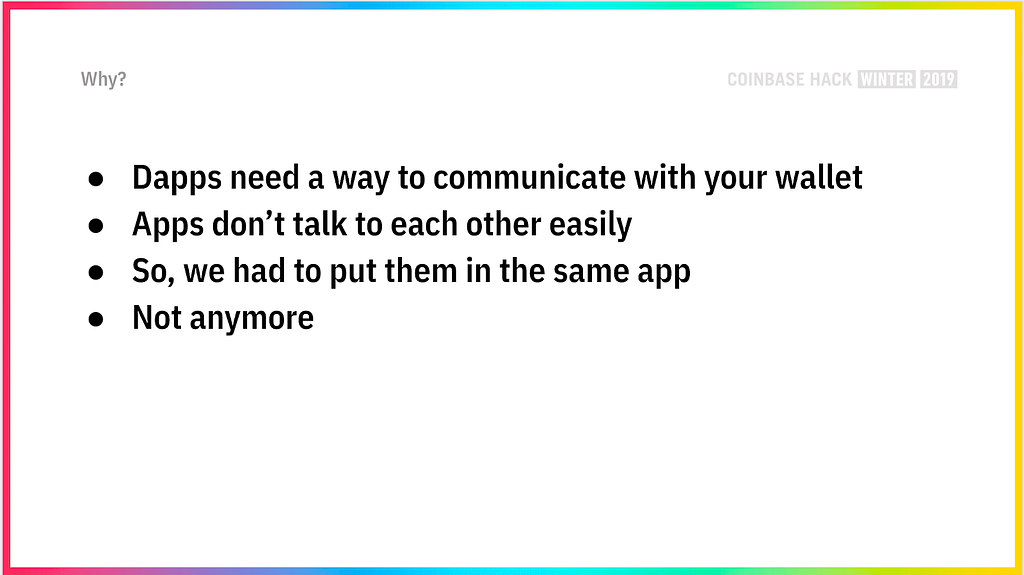
In order to solve this problem, the WalletLink SDK was created. Here’s how it works:
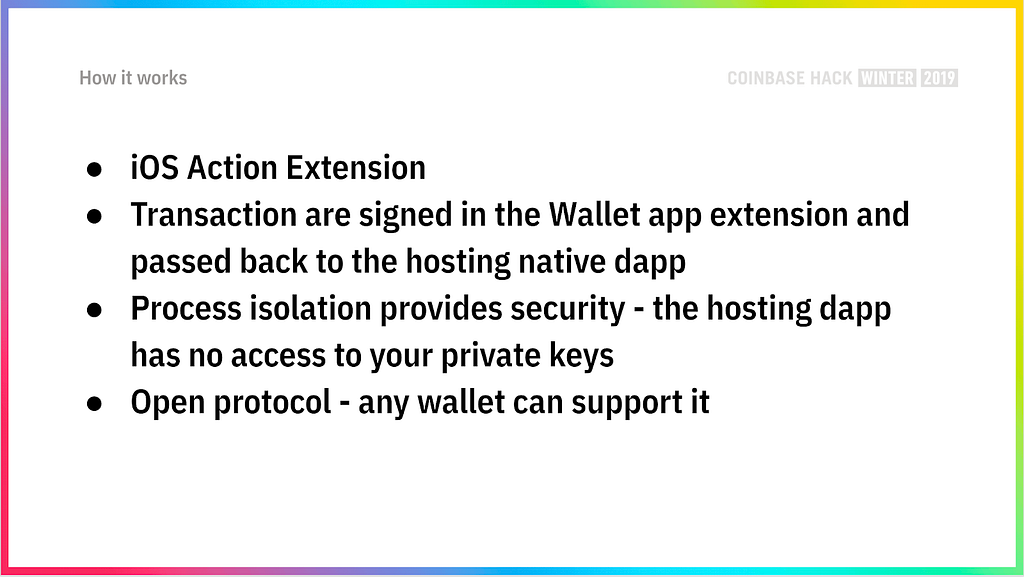
WalletLink Native SDK is meant to be an easy way for dapps to have a user sign transactions from inside their own native application. Here is a demo of WalletLink in action:
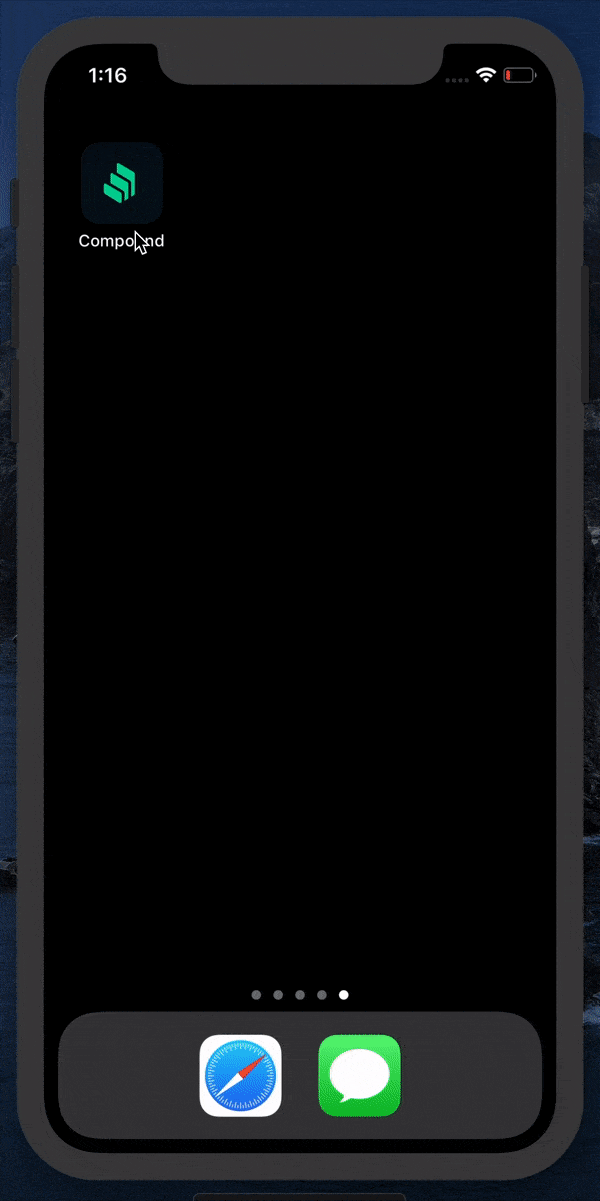
To keep things fun and innovative, Coinbase hackathons allow Coinbase employees to explore a wide variety of concepts outside the confines of placing products into production. None of the products or services described in this blog post are in production or are otherwise available to the public, or represent any plan by Coinbase to do so.
This website contains links to third-party websites or other content for information purposes only (“Third-Party Sites”). The Third-Party Sites are not under the control of Coinbase, Inc., and its affiliates (“Coinbase”), and Coinbase is not responsible for the content of any Third-Party Site, including without limitation any link contained in a Third-Party Site, or any changes or updates to a Third-Party Site. Coinbase is not responsible for webcasting or any other form of transmission received from any Third-Party Site. Coinbase is providing these links to you only as a convenience, and the inclusion of any link does not imply endorsement, approval or recommendation by Coinbase of the site or any association with its operators.
All images provided herein are by Coinbase.
Bringing DeFi to the World was originally published in The Coinbase Blog on Medium, where people are continuing the conversation by highlighting and responding to this story.
via The Coinbase Blog - Medium https://blog.coinbase.com/bringing-defi-to-the-world-9b5f95c8fba?source=rss----c114225aeaf7---4
No comments:
Post a Comment